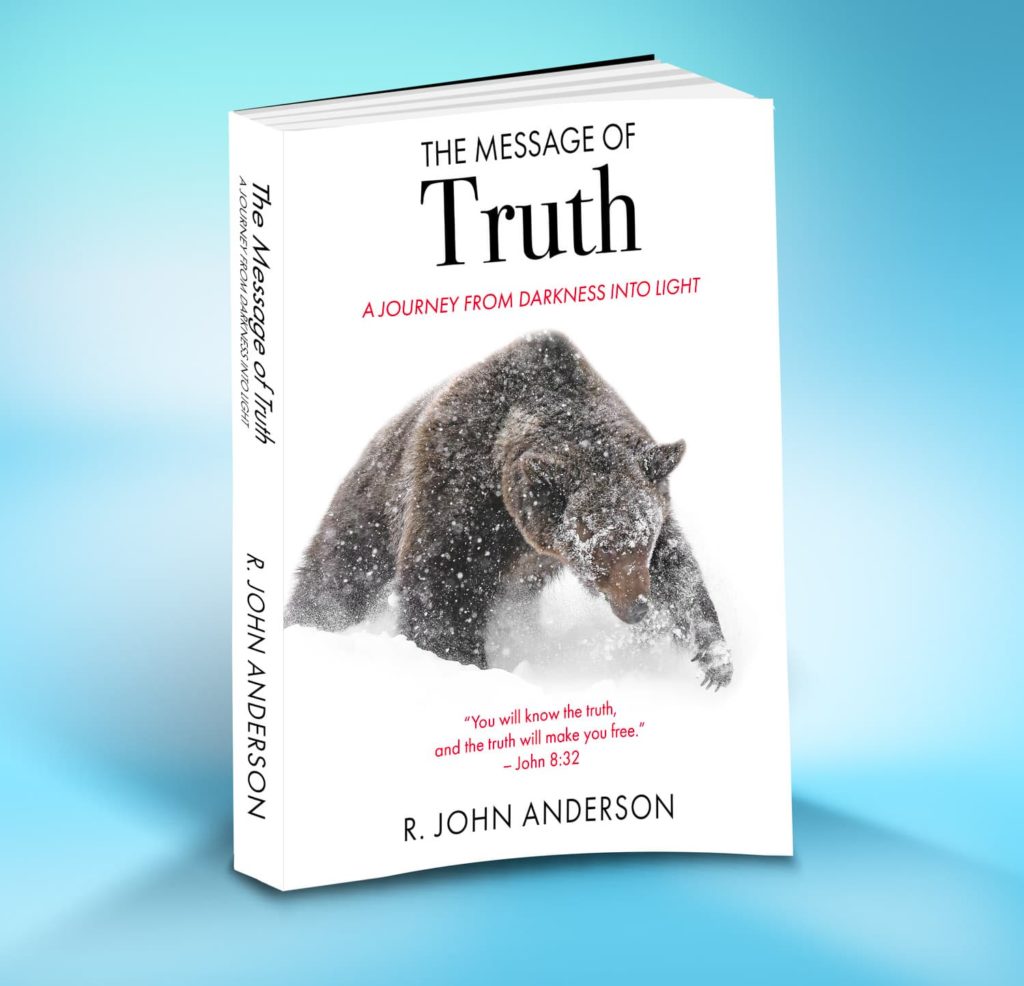You are in Beware the Wolves -> List of False Teachings
Some teach that a literal, physical “3rd Temple” will be built in Jerusalem so the Messiah (not necessarily Jesus) can reign on earth. I give below the Scripture which calls for a literal physical third temple to be built in Jerusalem:
(This area intentionally left blank)
That’s right; there is not a single verse of Scripture that calls for a literal physical third temple to be built in Jerusalem (or anywhere else). A resumption of sacrifices (of any kind) denies the sacrifice of Christ on the cross. Scripture is clear that the Old Testament Mosaic Law system of temple sacrifices (and the Mosaic Law) ended (was fulfilled in and by Christ) at the cross.
In fact, we who are Christians are “living stones” in the temple of Christ (1 Peter 2:5), which is also the body of Christ of which we are all members – which is also the “Church of Christ”:
So then you are no longer strangers and aliens, but you are fellow citizens with the saints, and are of God’s household, having been built on the foundation of the apostles and prophets, Christ Jesus Himself being the corner stone, in whom the whole building, being fitted together, is growing into a holy temple in the Lord, in whom you also are being built together into a dwelling of God in the Spirit. – Ephesians 2:19-22
And coming to Him as to a living stone which has been rejected by men, but is choice and precious in the sight of God, you also, as living stones, are being built up as a spiritual house for a holy priesthood, to offer up spiritual sacrifices acceptable to God through Jesus Christ. – 1 Peter 2:4-5
To support this false teaching, Ezekiel 37:26-28 is distorted into meaning that a “Third Temple” will be built by the Messiah. However, this is not a correct interpretation, as Wayne Jackson writes: [1]
“Ezekiel 37:26-28 seems to imply that the Messiah would rebuild the temple for the third time. Since Christ did not rebuild the temple, how does one reconcile the Ezekiel passage with Christ being identified as the Messiah?”
The “sanctuary” or “tabernacle” to which the prophet alluded is not a literal temple; rather, the declaration foretells the establishment of the Christ’s church, which is characterized by inspired New Testament writers as a “temple” or “house of God” (cf. 1 Corinthians 3:16; 2 Corinthians 4:16; Ephesians 2:21; 1 Timothy 3:15; 1 Peter 2:5).
The preceding verses (21ff) have to do with the uniting of the people of God in the new regime, the Christian age (cf. John 10:16; Ephesians 2:16). While these passages allude to the call of the Gentiles, the same unity principle applies to once-divided Israel as well.
Notice also that “David” is said to be their king. This cannot refer to the literal “David,” for David was still to be sleeping with the “fathers” when the Messiah’s kingdom was established (2 Samuel 7:12).
In chapter 42, Ezekiel again discusses the building of a “temple.” Its “outer court” measured 500 “reeds” on each side (42:15ff). Each “reed” was 6 Babylonian cubits (a minimum of 21 inches each). This would indicate that the temple court was about 1 mile in each direction — which would be larger than the entire city of Jerusalem (see McClintock & Strong, Cyclopedia, Vol. X, p. 258). This nullifies a literal interpretation.
Additionally, Ezekiel’s prophetic temple was to be located in the center of a sacred parcel that measures 25,000 “reeds” on each side. According to the figures provided in 45:5 (1 reed = 6 cubits), this would make the holy area almost 50 miles in each direction. There is not enough room in Palestine to accommodate such a large region, with Jerusalem at its center.
Quite obviously, then, the narrative, as portrayed in this section of the prophet’s document, is very symbolic. Millennialists who force this language into a literal temple do so at the sacrifice of sound interpretative methodology.
In summary, a “Third Temple” is not indicated or called for in Scripture. The Old Testament Mosaic Law was “nailed to the cross” – not abolished, but completely “fulfilled” to its conclusion in the person of Jesus Christ. Today, a true Jew is one who worships Christ in “in spirit and in truth” according to New Testament Scripture by accepting Christ as their Lord and Savior (not by observing the Mosaic Law or other mystical rituals, rites, holidays, or “traditions”); further sacrifices, of any kind, deny Christ on the cross and are in opposition to Scripture. [2]
See also the “Sabbath Keeping” false teaching.









